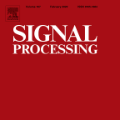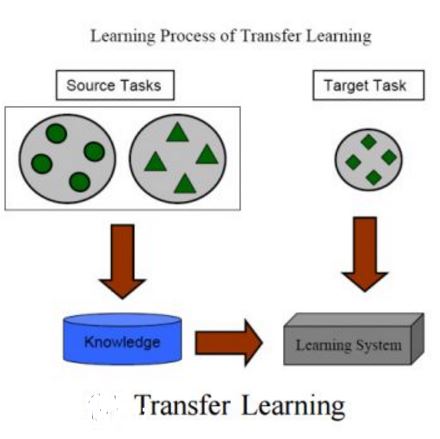Transfer learning (TL) has been widely used in motor imagery (MI) based brain-computer interfaces (BCIs) to reduce the calibration effort for a new subject, and demonstrated promising performance. After electroencephalogram (EEG) signal acquisition, a closed-loop MI-based BCI system also includes signal processing, feature engineering, and classification blocks before sending out the control signal to an external device, whereas previous approaches only considered TL in one or two such components. This paper proposes that TL could be considered in all three components (signal processing, feature engineering, and classification) of MI-based BCIs. Furthermore, it is also very important to specifically add a data alignment component before signal processing to make the data from different subjects more consistent, and hence to facilitate subsequential TL. Offline calibration experiments on two MI datasets verified our proposal. Especially, integrating data alignment and sophisticated TL approaches can significantly improve the classification performance, and hence greatly reduce the calibration effort.
翻译:在机动图象(MI)基础脑计算机界面(BCI)中广泛使用转移学习(TL),以减少对一个新对象的校准努力,并展示出有希望的性能。在电子脑图(EEG)信号获取后,基于闭环MI BCI系统还包括信号处理、地貌工程和分类块,然后将控制信号发送到外部装置,而以前的方法只将TL在一个或两个这样的部件中考虑。本文建议,在MIBCI的所有三个组成部分(信号处理、特征工程和分类)中可以考虑TL。此外,在信号处理之前特别增加数据协调部分,以使不同对象的数据更加一致,从而便利后续的TL。两个MI数据集的离线校准实验证实了我们的提议。特别是,整合数据校准和精密的TL方法可以大大改进分类性能,从而大大减少校准努力。





